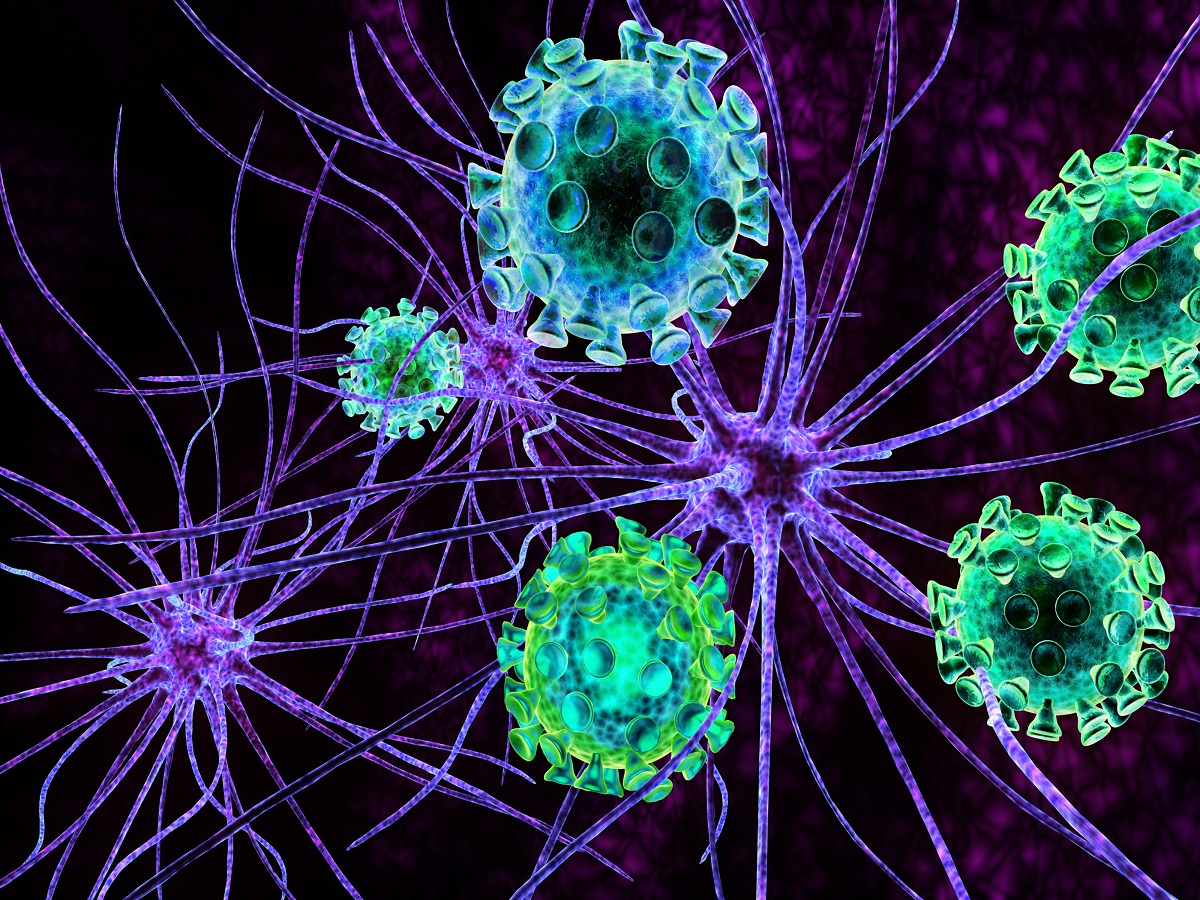KEY TAKEAWAYS
- The study aimed to investigate the co-dependencies between RTK and integrins in HPV-negative HNSCC cell models to identify therapeutically exploitable vulnerabilities.
- Researchers noticed that pan-FGFR inhibition exhibits radiochemosensitizing and radioprotective effects in HNSCC cell models.
Focal adhesion signaling, mediated by receptor tyrosine kinases (RTK) and integrins, is critical in governing cancer cell survival and resistance to therapy. Despite its importance, these receptors’ interplay and potential vulnerabilities remain poorly understood, particularly in HPV-negative head and neck squamous cell carcinoma (HNSCC).
Felix Broghammer and the team aimed to assess the co-dependencies between RTK and integrins and to identify exploitable vulnerabilities in HNSCC cell models.
Researchers performed an inclusive analysis to determine the cytotoxic and radiochemosensitizing potential of targeting 10 RTK and β1 integrin in up to 20 3D matrix-grown HNSCC cell models. This was followed by drug screening and patient-derived organoid validation. RNA sequencing and protein-based biochemical assays were performed for molecular characterization. Bioinformatically identified transcriptomic signatures were applied to patient cohorts.
The results showed that fibroblast growth factor receptor (FGFR 1-4) targeting exhibited the strongest cytotoxic and radiosensitizing effects as monotherapy combined with β1 integrin inhibition, surpassing the efficacy of the other RTK studied. Pharmacological pan-FGFR inhibition induced a spectrum of responses, from cytotoxicity/radiochemosensitization to resistance/radiation protection. RNA sequence analysis revealed a mesenchymal-to-epithelial transition (MET) in sensitive cell models, while resistant models exhibited a partial epithelial-to-mesenchymal transition (EMT).
Consequently, inhibition of EMT-associated kinases such as EGFR reduced adaptive resistance and enhanced (radio)sensitization to FGFR inhibition cell model- and organoid-dependently. The transfer of EMT-associated transcriptomic profiles to HNSCC patient cohorts demonstrated their prognostic value and validated the presence of EGFR-related vulnerabilities that can be strategically exploited for therapeutic interventions.
The study concluded that pan-FGFR inhibition exhibits beneficial radiochemosensitizing and detrimental radioprotective potentials in HNSCC cell models. Adaptive EMT-associated resistance emerges as clinically significant, with effective molecular approaches proposed for therapeutic exploitation.
The study received open-access funding from Projekt DEAL, and this work was supported by the German Cancer Aid.
Source: https://pubmed.ncbi.nlm.nih.gov/38378518/
Broghammer F, Korovina I, Gouda M, et al. (2024). “Resistance of HNSCC cell models to pan-FGFR inhibition depends on the EMT phenotype associating with clinical outcome.” Mol Cancer. 2024 Feb 21;23(1):39. doi: 10.1186/s12943-024-01954-8. PMID: 38378518; PMCID: PMC10880239.



